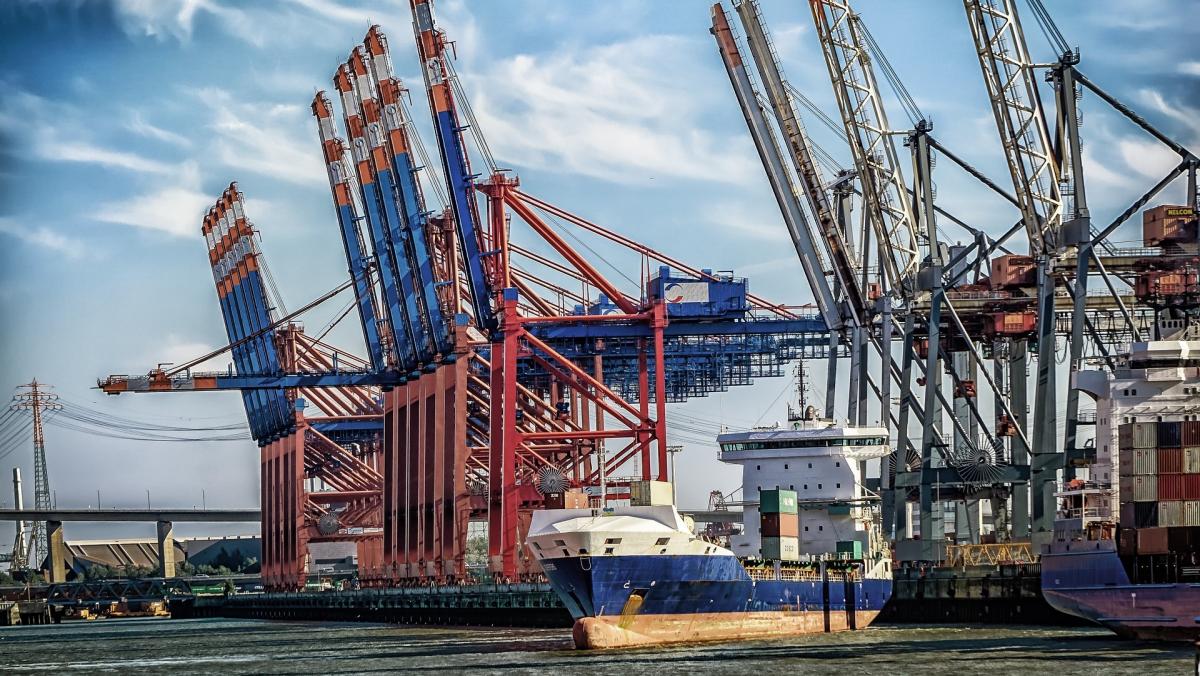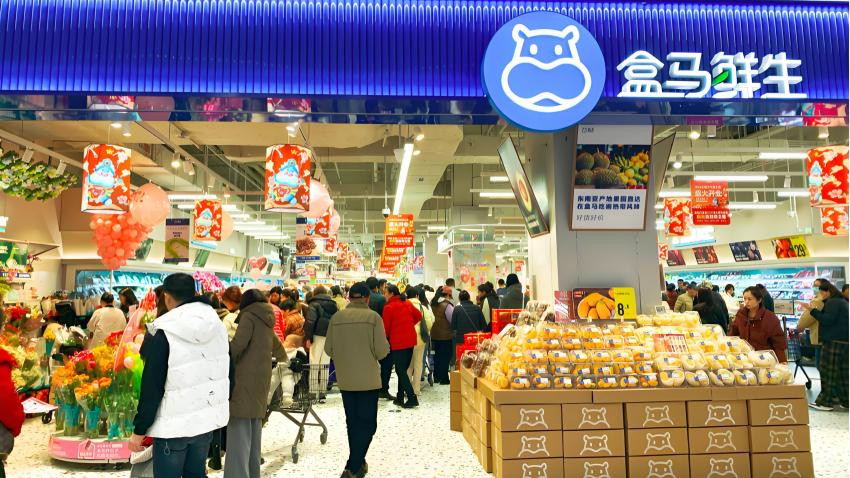You are here
Back to topChina Customs Announces New Fruit Import Inspection Centers

China’s General Administration of Customs recently made an online announcement releasing a list of new designated inspection sites for imported fruit. The new additions in the list bring China’s total number of imported fruit inspection sites up to 119, spread throughout 21 different administrative regions nationwide. Of these, the province of Guangdong, a major hub for foreign trade, has the most fruit inspection centers — a total of 31 facilities, predominantly concentrated in the cities of Guangzhou and Shenzhen. Fujian province has the second-largest number of sites at 14, with the majority located in Xiamen. Guangxi and Yunnan come third and fourth on the list with 10 and 9 fruit import inspection sites, respectively, owing to these provinces’ large numbers of land ports for trade with Southeast Asian countries.
The designated inspection sites can be divided into land, air and sea ports. At present, there are 32 designated inspection sites covering the 30 airports that host international flight routes. Among these is Zhengzhou airport, which has become China’s largest imported fruit sorting and distribution center owing to its multi-functional entry port, advantageous geographical position and superior customs clearance facilities. For example, 70% of annual Chilean cherry exports enter China via the Zhengzhou airport entry port. In 2019, the Zhengzhou airport established 34 new dedicated air freight routes, of which 29 are international. The airport operates over 110 flights a week, connecting to approximately 39 domestic cities and 27 international regions, making it fourth in China in terms of number of international cargo flight routes, frequency of flights and overall cargo volume, only surpassed by Beijing, Shanghai and Guangzhou, cementing its status as a major import hub.
China’s land ports are mainly located in Guangxi, Yunnan, Xinjiang and Shenzhen, with 25 inspection sites spread between these locations. The port of Pingxiang in the Guangxi Autonomous Region is China’s largest overland port for fruit imports and exports; nicknamed the “China–ASEAN fruit capital,” it bustles with fruit import and export activity all year round. At present, Pingxiang is the port of entry for almost half of China’s total annual fruit import volume and almost three-quarters of its annual import volume of tropical fruit from Southeast Asia. Capitalizing on its status as a first-class international (rail) port, Pingxiang also recently established China’s first ever dedicated fruit import train line, marking the official opening of the country’s first rail-based fruit import inspection facility. The direct cold-chain fruit import train line is now operating on a regular basis and has reduced the time required for goods to complete port entry from one day to just one hour, allowing for same-day port entry and customs clearance. The new train line signifies the opening of a new channel for fruit from ASEAN countries to reach the Chinese market via international rail transport, and Pingxiang’s annual fruit import volume is now anticipated to reach 600,000 tons. In addition, the port of Wanding in Yunnan is a major channel for the fruit trade between China and Myanmar, with 90% of China’s watermelon imports in the spring and winter seasons entering the country through this port.
In terms of sea ports, the main entry points for imported fruit are those in Shenzhen, Shanghai, Xiamen and Dalian. Currently, the main way for imported fruit such as Chilean cherries to enter southern China is to arrive via container ship at the sea port of Hong Kong, where the containers are unloaded prior to clearing customs at the Hong Kong–Shenzhen land port and then being transported overland to fruit markets in Guangzhou and other southern regions for distribution. Owing to the long transportation distances involved, limited numbers of vehicles and required freshness technology, the cost of importing fruit is quite high, which is reflected in high retail prices. To improve the efficiency of customs clearance, Shenzhen customs authorities have joined forces with port operations and fruit import companies to implement new measures such as “two-step customs declaration” and “direct shipside pickup.” Compared to traditional operating models, the “direct shipside pickup” system has dramatically shortened the customs clearance process, saving the companies an average of four to six hours of time and associated costs. This allows for a seamless end-to-end logistics flow, with shipments arriving in the early hours of the morning ready for delivery by dawn, and has also brought down transport costs, saving approximately 4,000 Chinese yuan ($610) per shipping container. Depending on the point of origin, some imported fruit tends to enter through ports other than Hong Kong and Shenzhen — for the past 10 years, the port of Xiamen has consistently served as the main point of entry for fruit originating from Taiwan.
According to article 16 of China’s protocols for the customs inspection and quarantine of imported fruit, any imported fruit that has not yet completed inspection and quarantine should be stored at a quarantine facility designated by the customs authorities, and it must not be moved, consumed or used in any way without permission. The steadily increasing demand for imported fruit on the Chinese market has prompted the rapid opening of additional import inspection facilities. In order to fulfill the demand for fruit exports to China, the Vietnamese government recently made a public statement encouraging Chinese authorities to consider opening more land ports along the border to facilitate fruit imports, especially on rail transport routes.
The full list of designated fruit import inspection facilities can be viewed on the GAC website (in Chinese).
Image: Pixabay
This article was translated from Chinese. Read the original article.














Add new comment